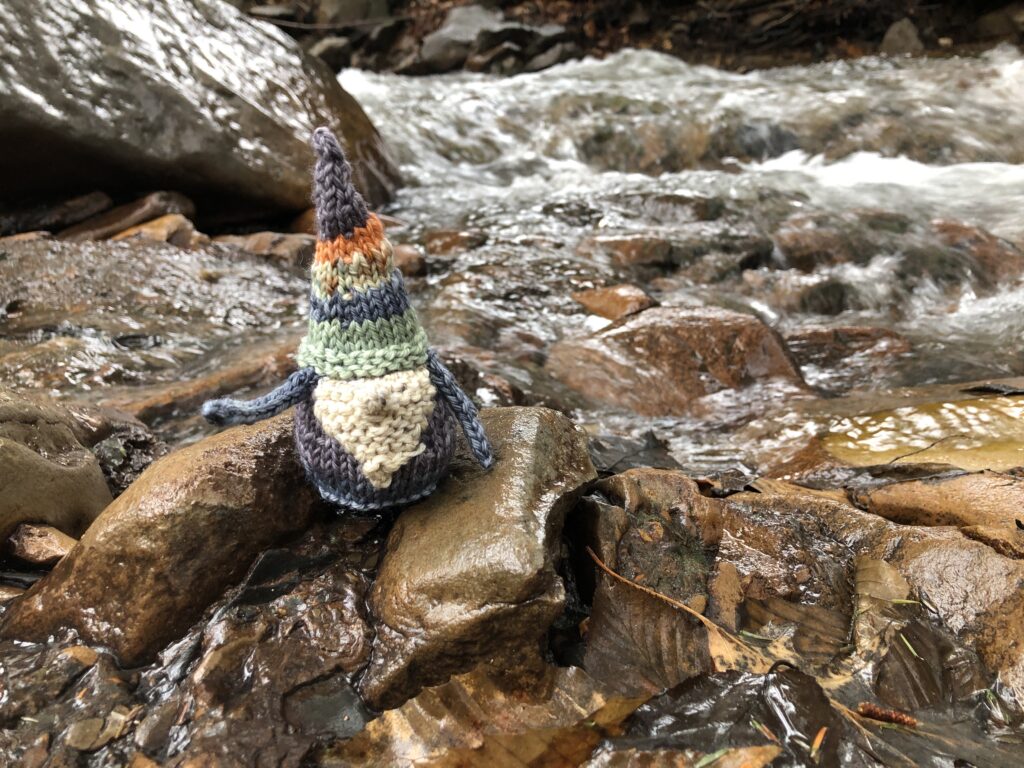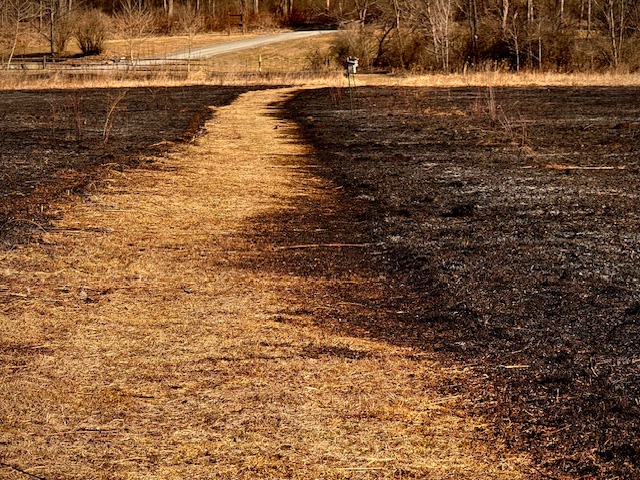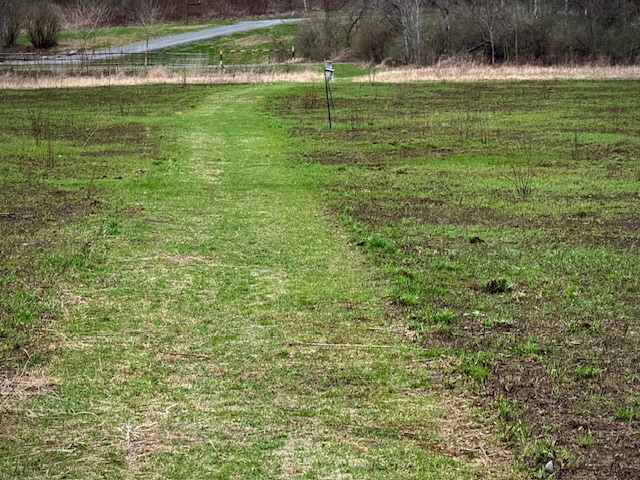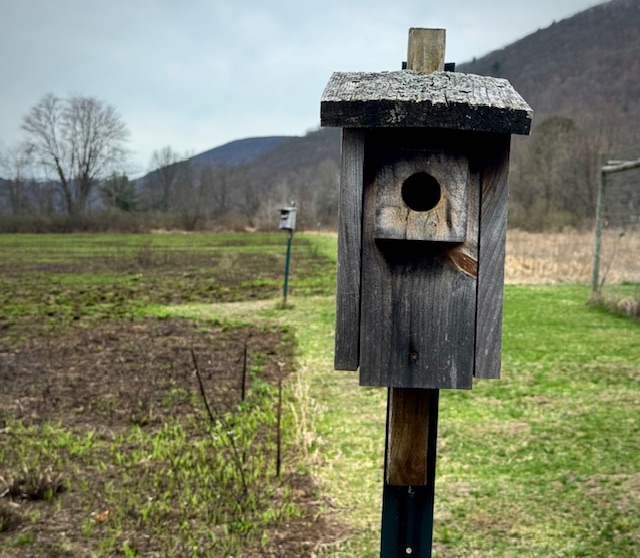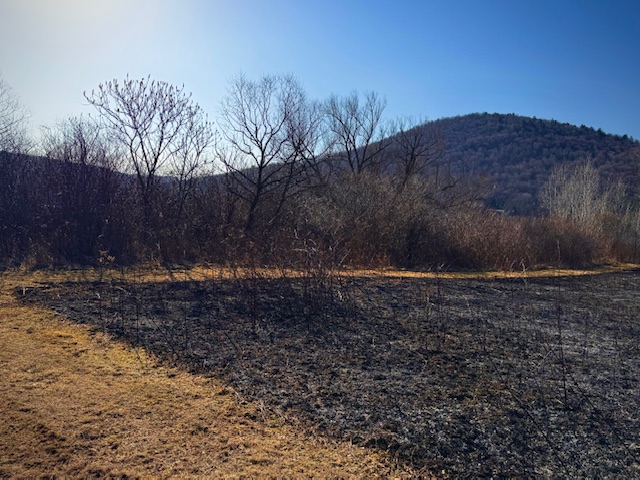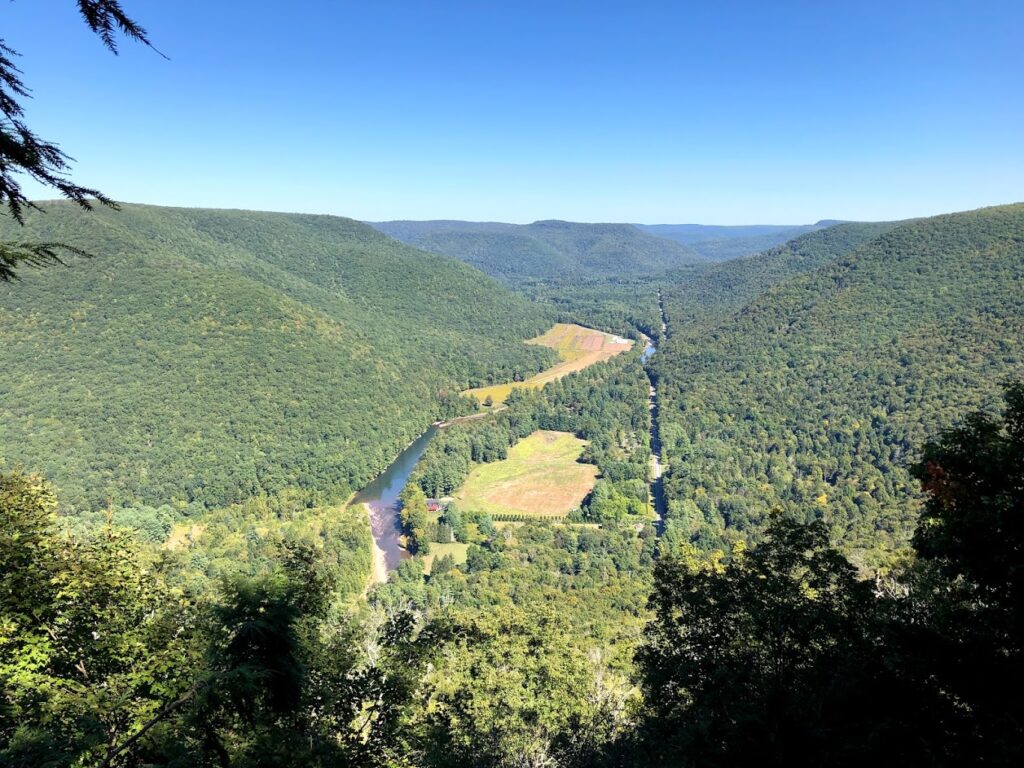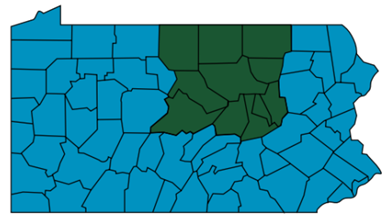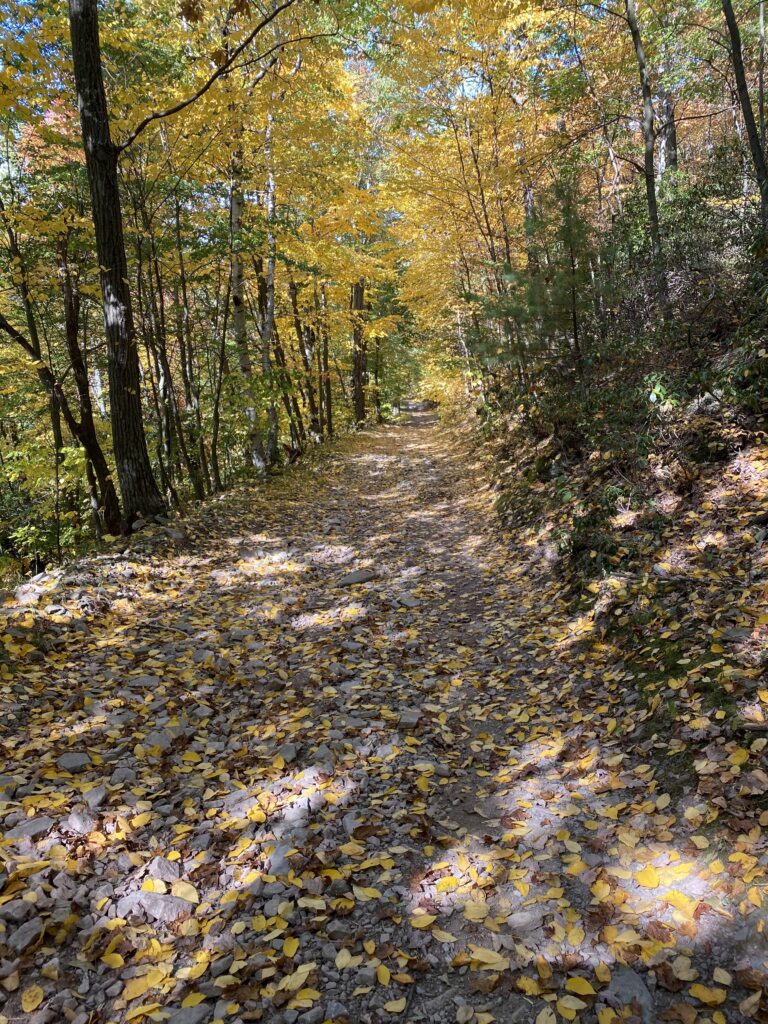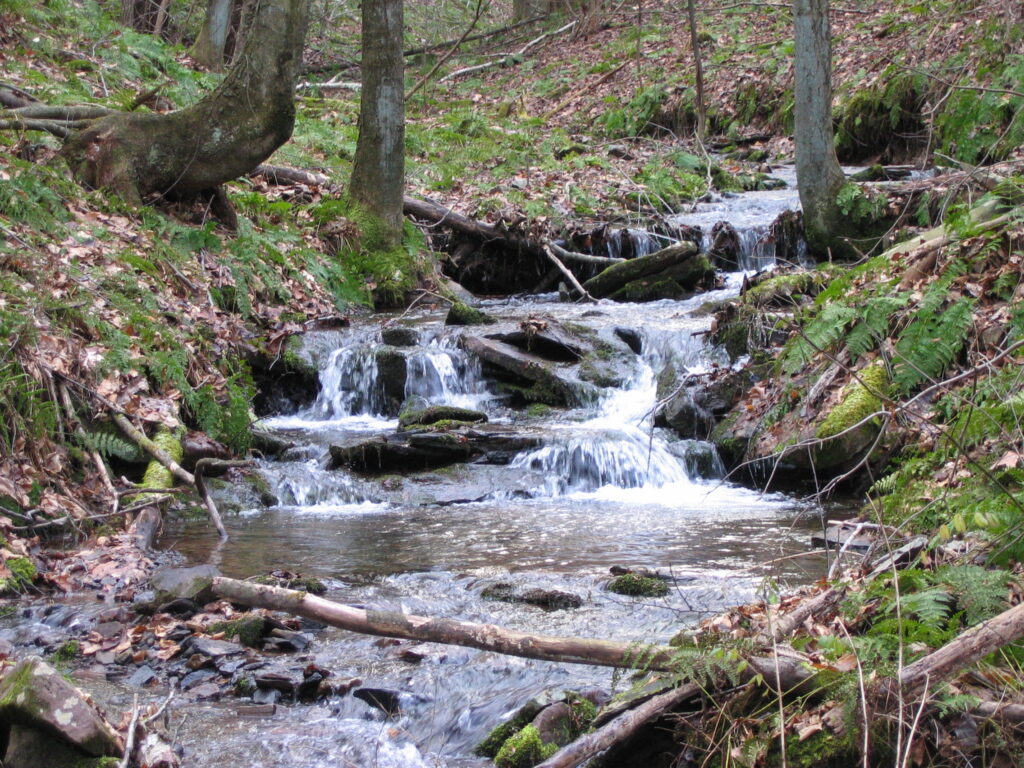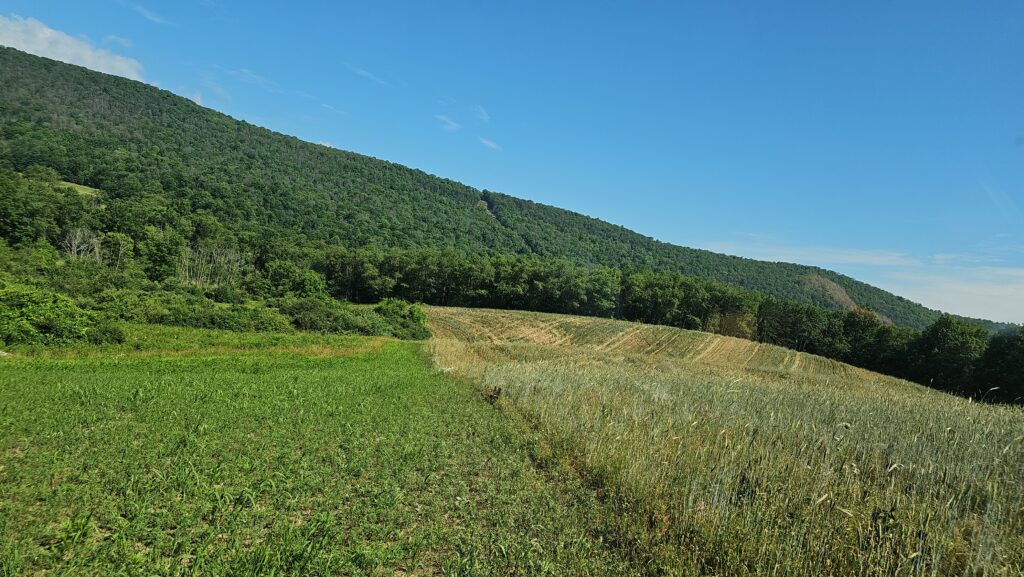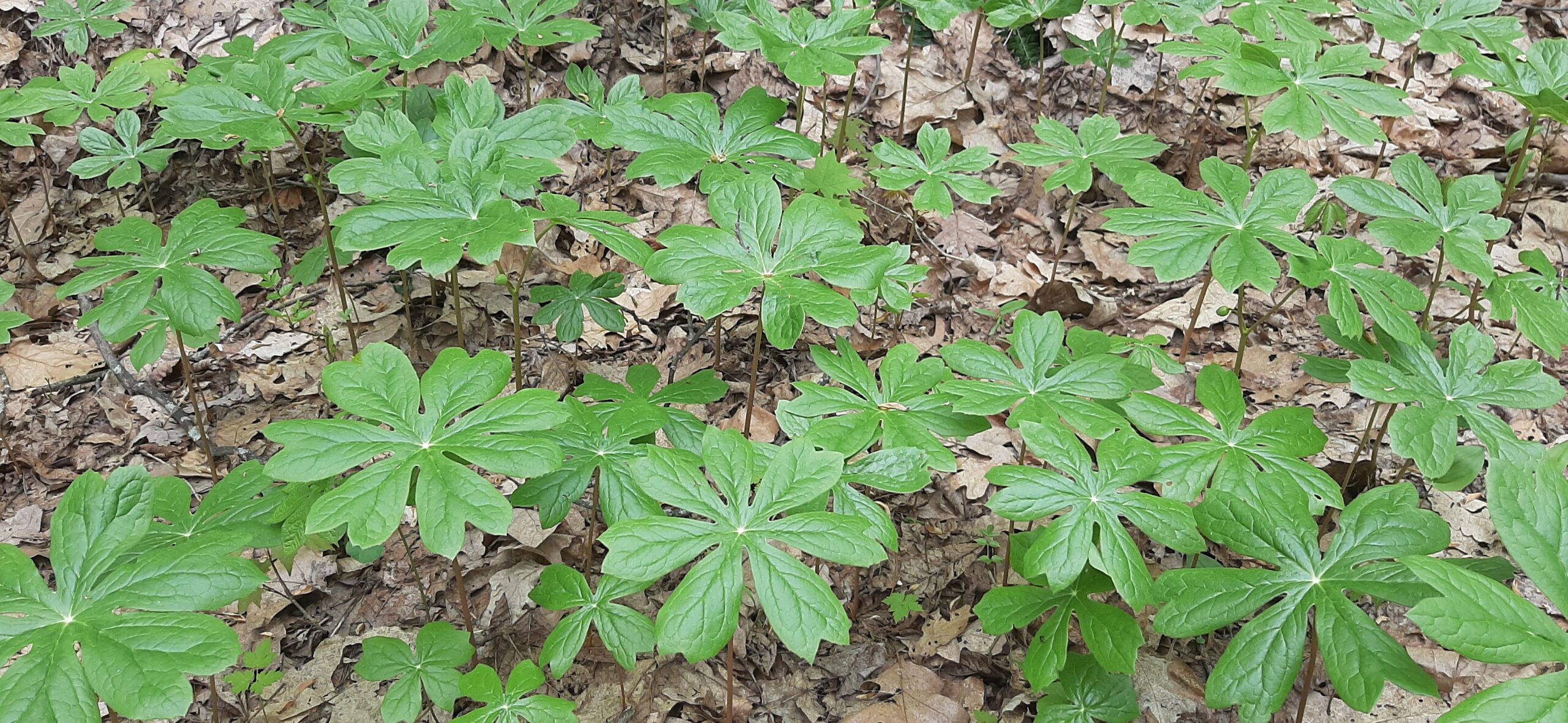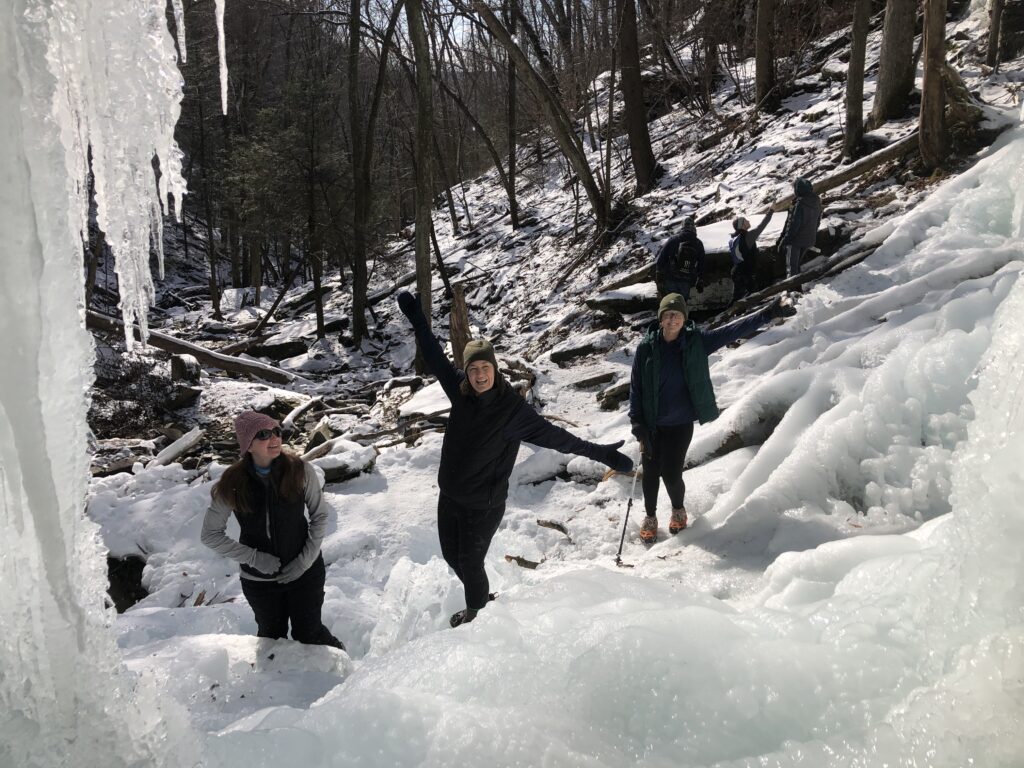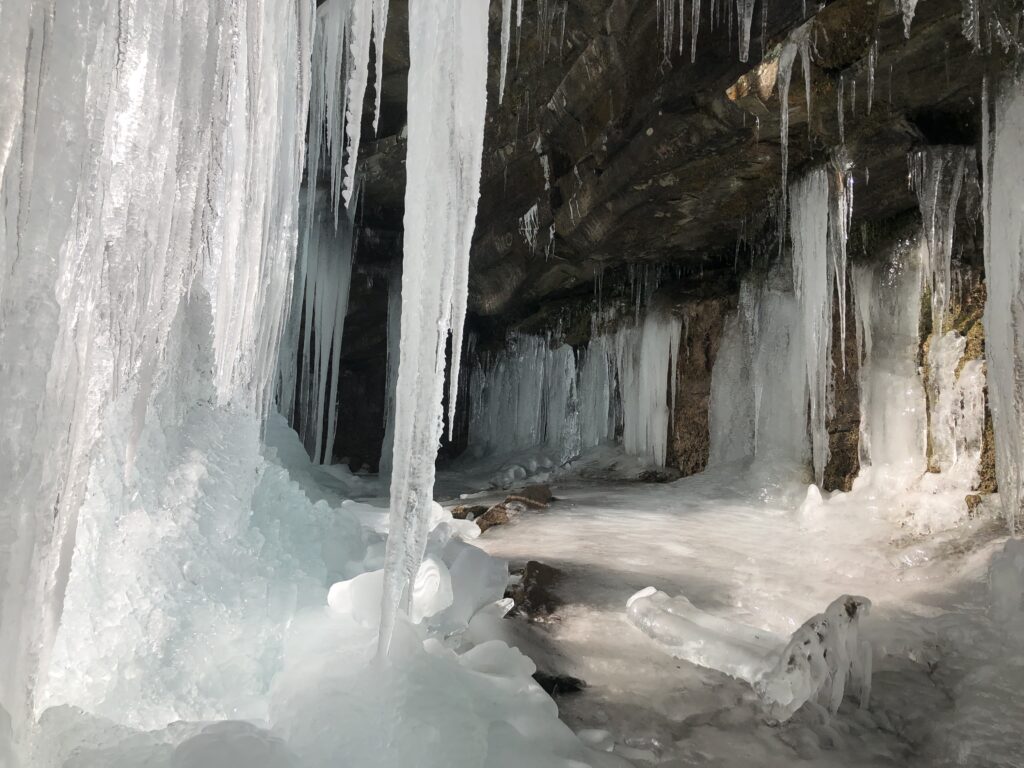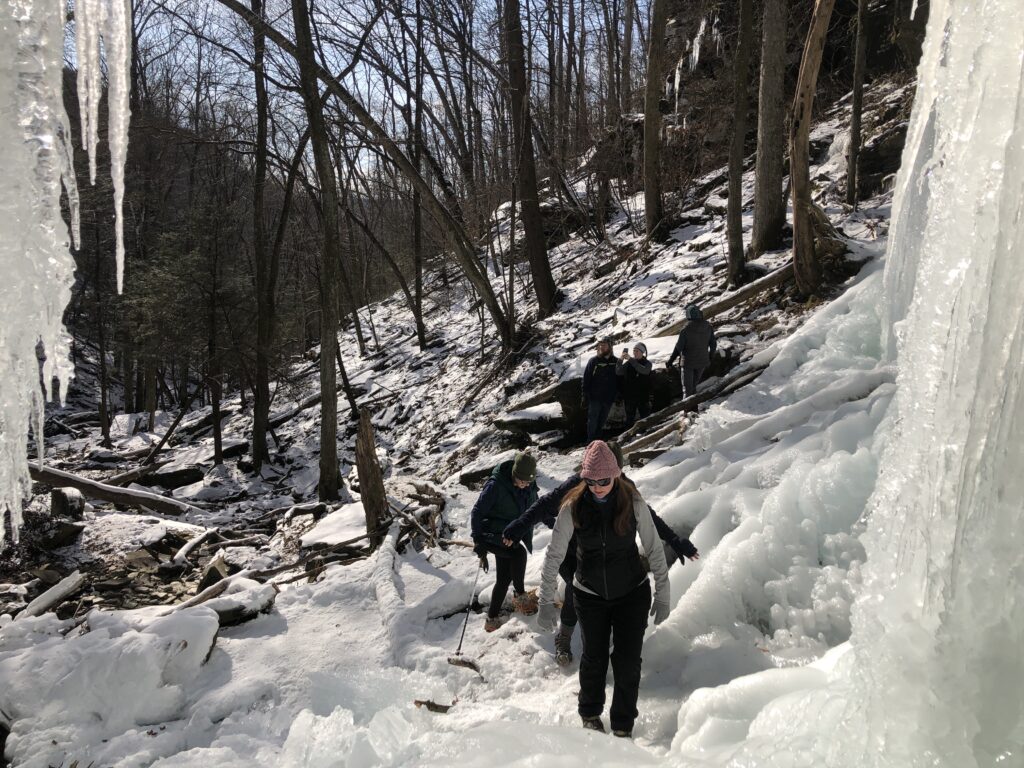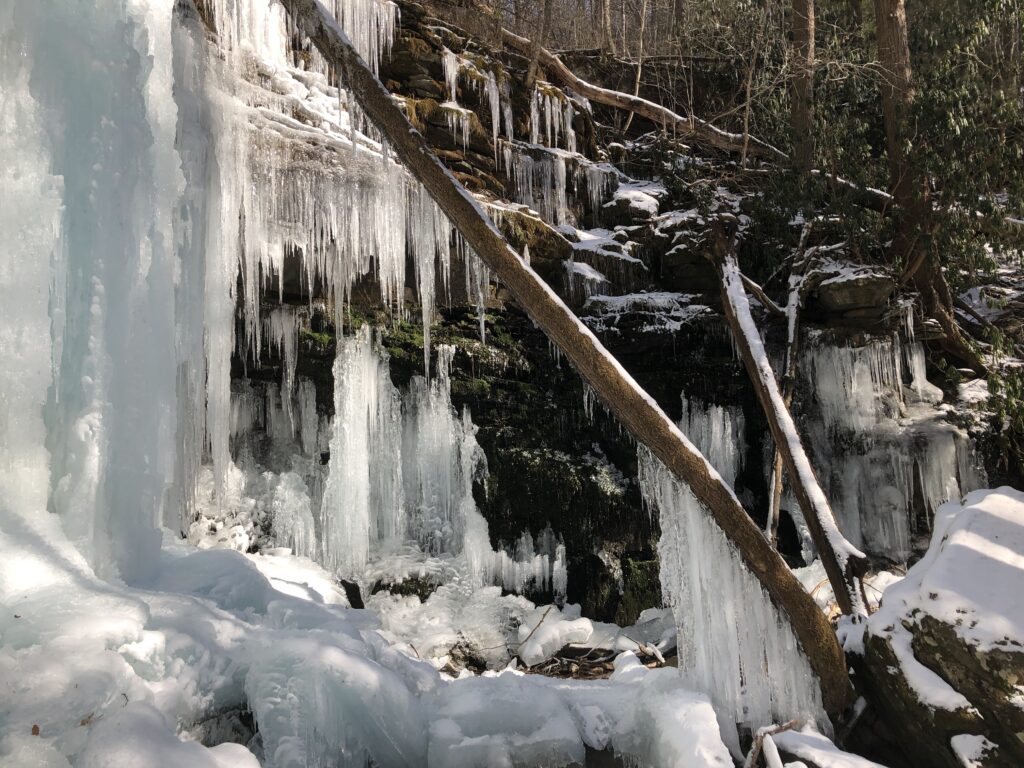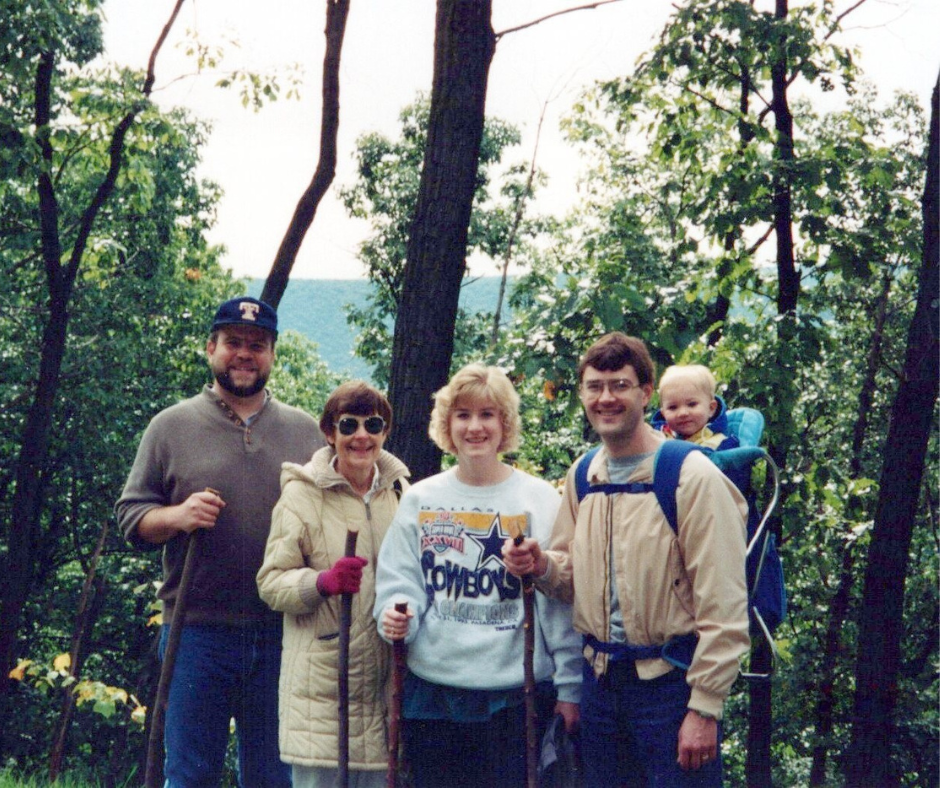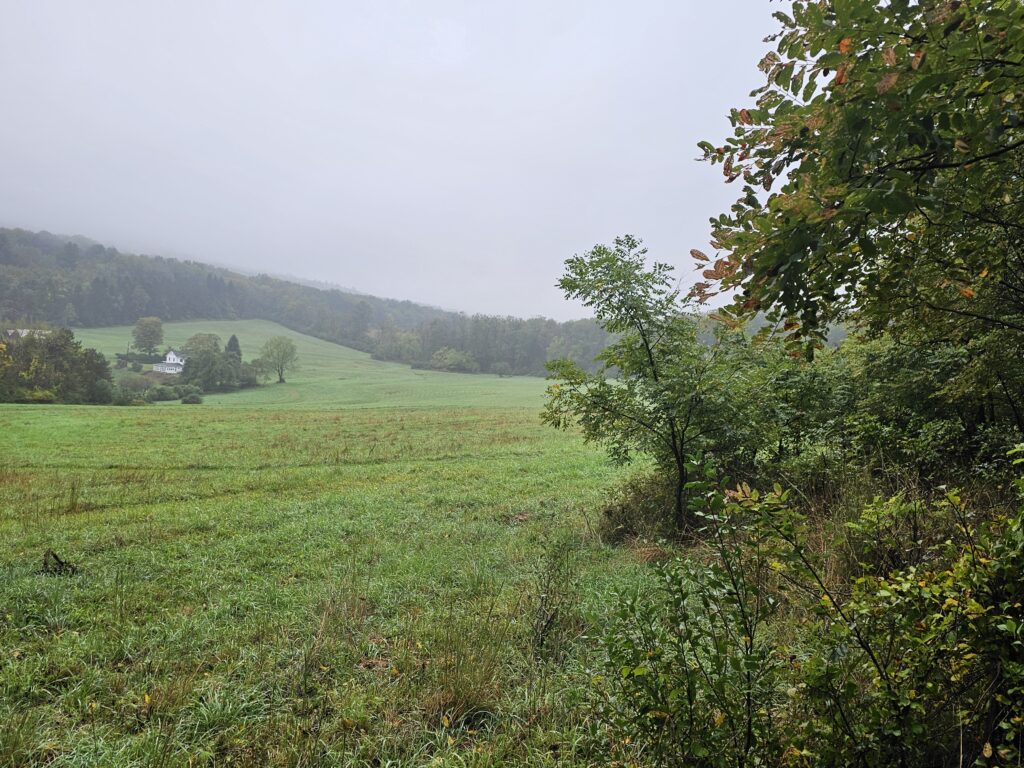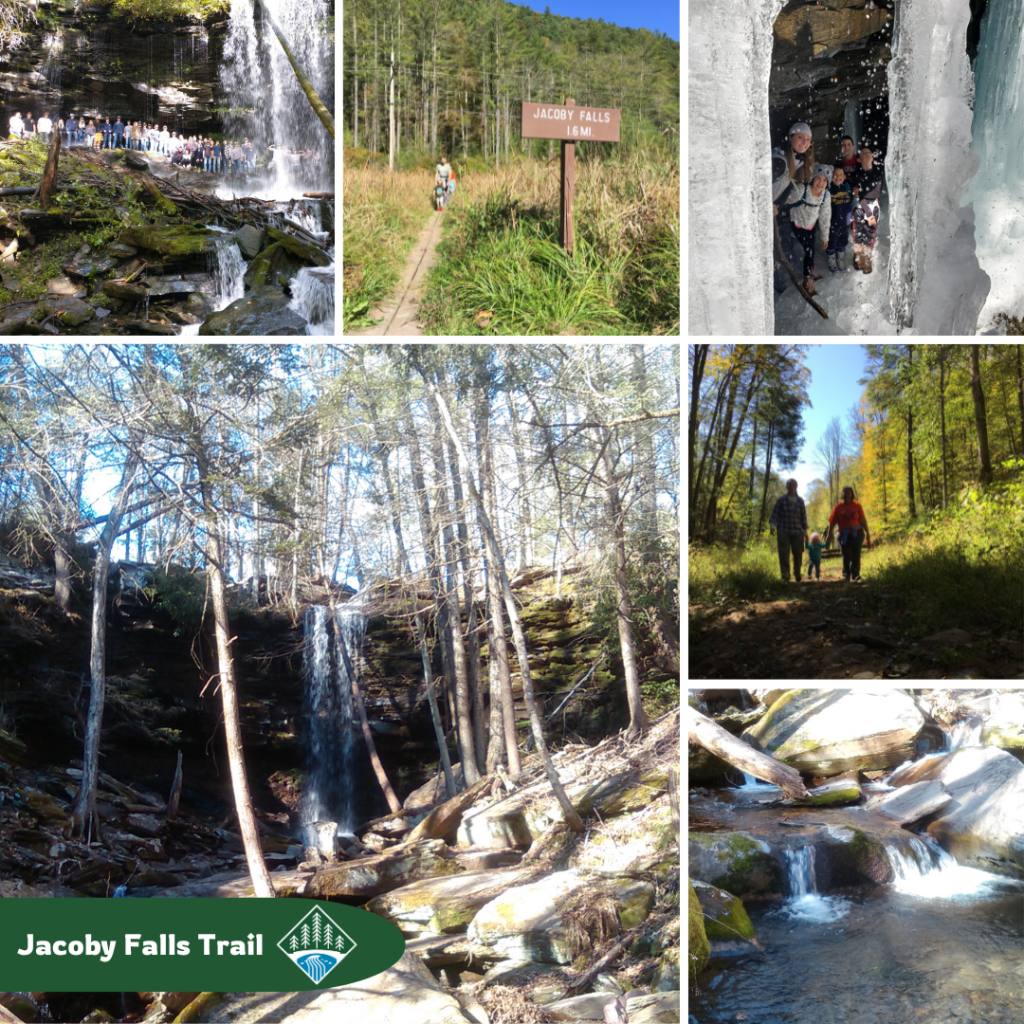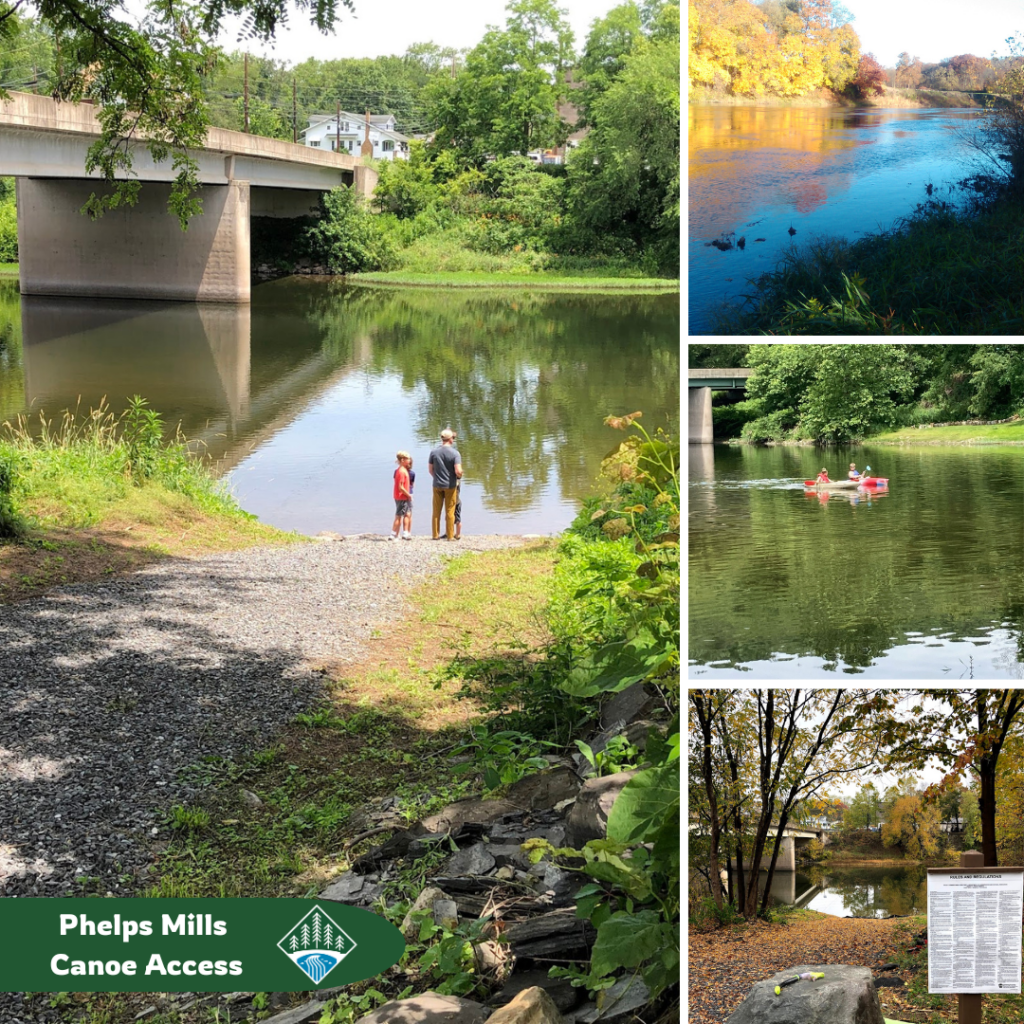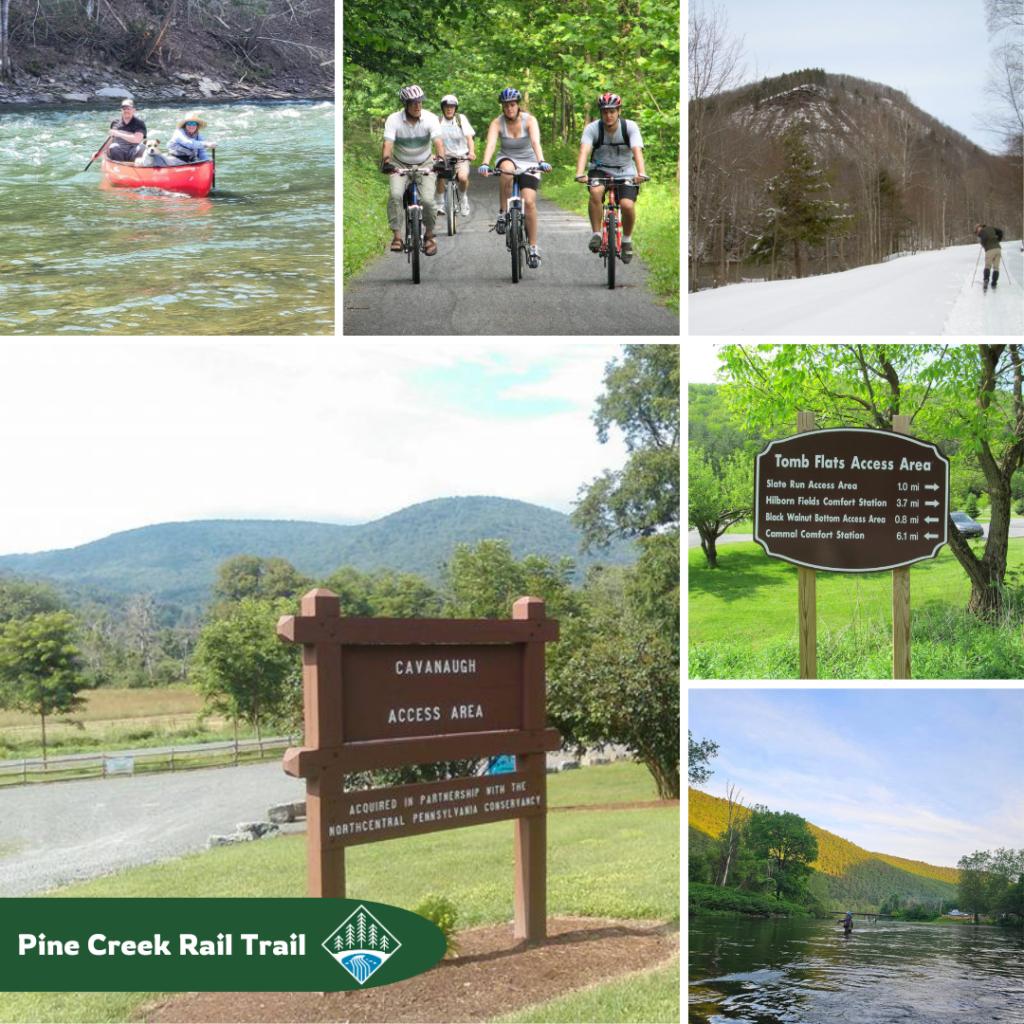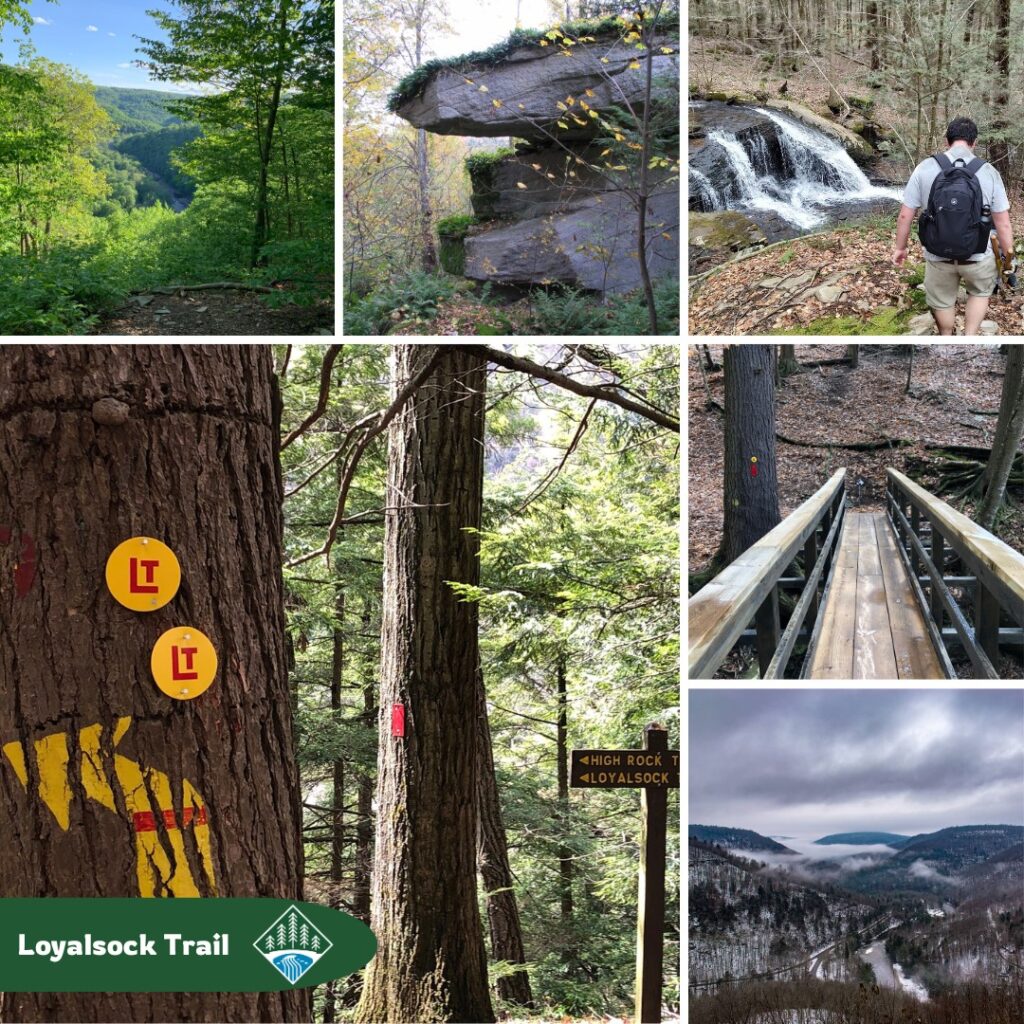Local bicyclists spent part of a recent rainy Saturday afternoon at Williamsport Bicycle Recycle’s space at the Pajama Factory. The group had signed up for a workshop offered jointly by Williamsport Bicycle Recycle (WBR) and the Northcentral Pennsylvania Conservancy (NPC).
Volunteers from WBR reviewed a basic bike maintenance checklist. Then each participant had the opportunity to run through the checklist on their bike with help from a WBR volunteer.
The idea for the workshop came from Steve Young, an NPC board member and longtime WBR volunteer.
“As a NPC board member I see the projects NPC takes on with our partners to improve access to the Pine Creek Rail Trail and improve the experience for riders on the Trail. I thought a workshop that would help bike riders learn more about their bike could also introduce them to NPC and our work.”
Steve Young, WBR volunteer and NPC board member
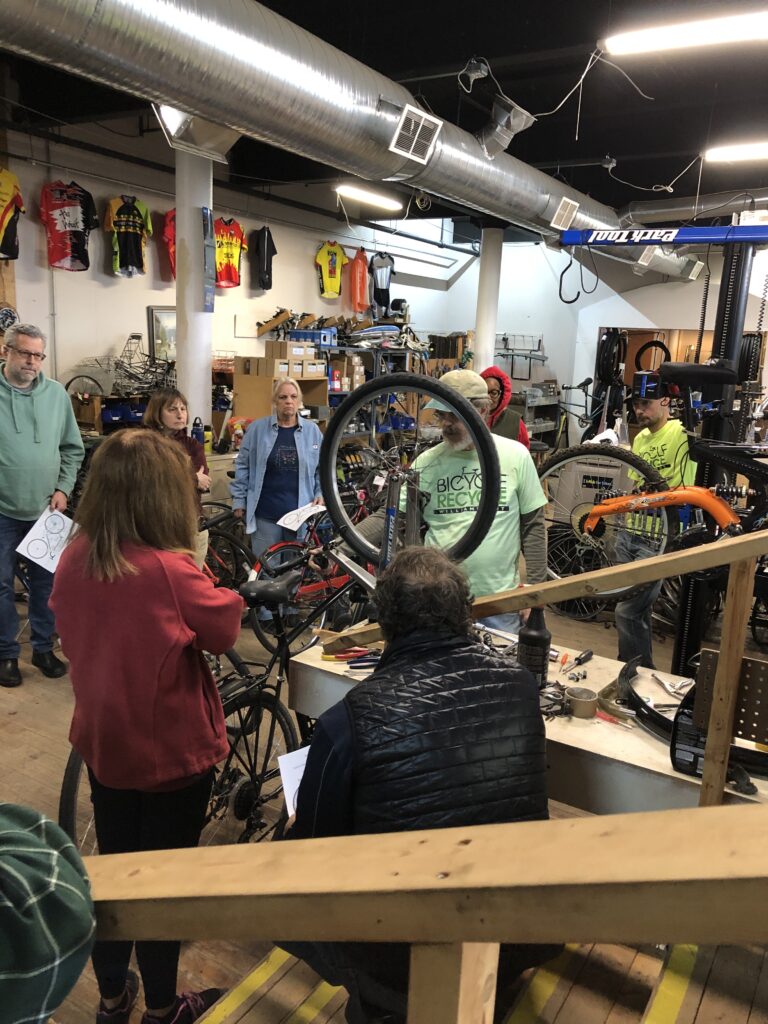
Some folks tuned up long-loved bikes, while others discovered new ones from WBR’s selection of refurbished rides. One participant, Jeff Kane, attended with his son.
“It’s great that Williamsport Bicycle Recycle let’s you work on your own bike using their tools with their supervision,” said Jeff Kane. “I understand the basics of keeping a bicycle on the road but appreciate having someone who can help me figure things out. We’ve donated his old bikes here in the past, and I think we found a new-to-him bike here today.”
Jeff Kane, workshop participant

Connecting to the Pine Creek Rail Trail
NPC in partnership with the Bureau of Forestry, has created several access points to the Pine Creek Rail Trail over the years. Tomb Flats south of Slate Run and the Cavanaugh Access along Route 6, west of Wellsboro are 2 of the more popular. Additionally, NPC has partnered with Pine Creek Preservation Association and the Bureau of Forestry to purchase and install bike repair stations.
“Having a bike repair station with an air pump and basic tools along the Trail will hopefully help a rider get a broken bike back to their car a little more quickly. We stress routine bike maintenance and checking your bike before leaving home, but things happen while you’re riding.”
Steve Young, WBR volunteer and NPC board member
Volunteers Keep the Wheels Turning

Williamsport Bicycle Recycle offers workshops like this upon request as well as one-on-one help to maintain bicycles and educate cyclists the basics of repair. The volunteer-run shop helps riders of all ages learn how to care for their bicycles, and they’re always looking for more hands to help.
“We really enjoy doing these workshops. They help us help bike riders. We’re always looking for more volunteer mechanics. The more volunteer mechanics we have, the more hours we can be open to help the community.”
Abigail Davids, a WBR bord member and officer
Anyone interested in sharing their love of bicycles and gift of mechanics is encouraged contact WBR at williamsportbicyclerecycle@gmail.com.
Supporting Trails and Teaching Moments
Workshops like this reflect what NPC is all about—connecting people to the outdoors, collaborating with partners to create and enhance access, and helping communities care for the natural places they love. Whether it’s through installing bike repair stations, improving access to the Pine Creek Rail Trail, or teaming up with local volunteers, NPC’s work happens thanks to the generosity of members and donors like you.
Conservation of our region’s lands and waters are made possible through community support—please consider making a gift to NPC today!


